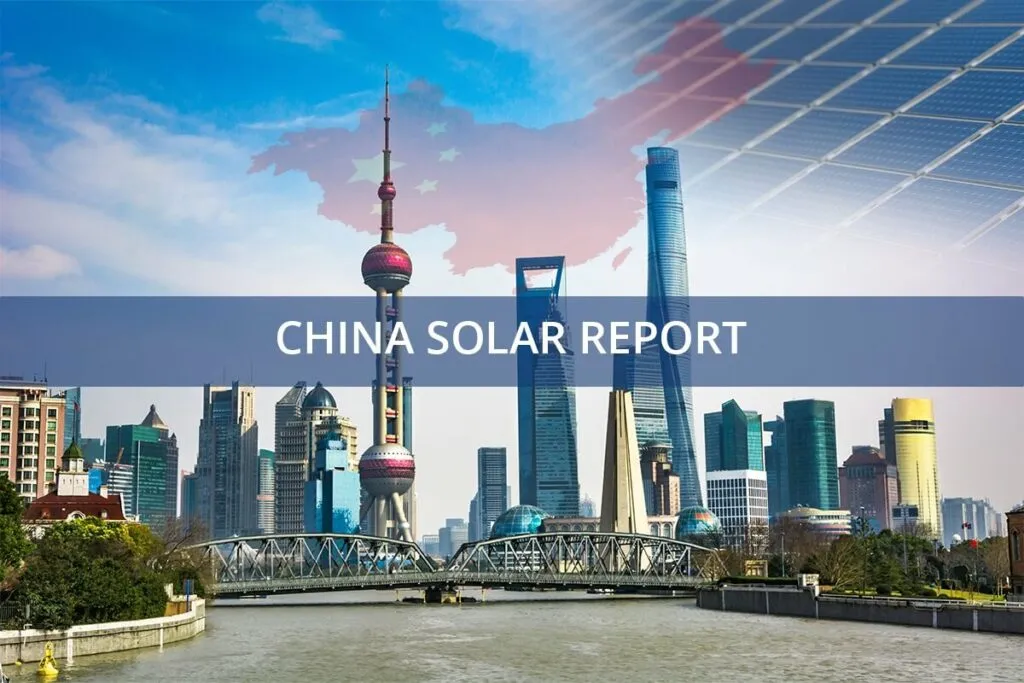China Everbright Environment Group is undertaking a major project in Inner Mongolia that combines wind energy, solar power, and green hydrogen production. This initiative is part of China’s broader strategy to transition to cleaner energy sources and reduce its reliance on coal. The project will involve the generation of renewable electricity, which will then be used to produce hydrogen through electrolysis. The produced hydrogen will be stored and used in various applications, such as fuel cells for transportation and industrial processes.
Investment and Infrastructure Details for Inner Mongolia Renewable Energy
The project is expected to require an investment of approximately RMB 2 billion (about $279 million). China Power Engineering Consulting Group Co., Ltd. (CPECC), a subsidiary of Energy China, will be responsible for developing the necessary infrastructure, including a 200 MW solar photovoltaic (PV) plant, a 300 MW wind farm, and a hydrogen production station supported by a 50 MW/50 MWh electrochemical storage system. These components will work together to produce renewable energy and hydrogen; once operational, it is expected to produce 16,400 tons of hydrogen annually via water electrolysis. This contributes to China’s efforts to achieve carbon neutrality by 2060. Understanding the basics of solar panel manufacturing helps to appreciate the scale of such projects.
Inner Mongolia is a strategic location for this project due to its abundant wind and solar resources. The region is already home to several large-scale renewable energy projects, making it an ideal location for expanding China’s green hydrogen production capacity. The project is expected to create jobs and stimulate economic growth in the region, while also helping China reduce its carbon emissions. Knowing about the raw materials that go into solar panels gives additional insight into the resource needs of such large installations.
Part of China’s Broader Energy Transition to Inner Mongolia Renewable Energy
This project aligns with China Everbright Environment Group’s broader strategy to expand its portfolio of renewable energy projects. The company has previously invested in waste-to-energy, biomass, and solar power projects, but this initiative marks its first major foray into wind and hydrogen energy. By diversifying its energy sources, the company aims to become a leader in China’s renewable energy sector.
China’s government has also been actively supporting the development of green hydrogen projects as part of its efforts to reduce the country’s carbon footprint. The National Development and Reform Commission (NDRC) has set ambitious targets for the expansion of the hydrogen industry, aiming to produce 100,000 tonnes of green hydrogen annually by 2025. The Inner Mongolia project is expected to play a key role in helping China achieve this target.
Challenges and Opportunities in Inner Mongolia Renewable Energy
Despite the potential benefits, the project also faces several challenges. The high cost of producing green hydrogen is one of the main obstacles, as it is currently more expensive than traditional hydrogen production methods, such as steam methane reforming. However, the International Energy Agency (IEA) predicts that the cost of green hydrogen will decrease significantly in the coming years as technology improves and economies of scale are achieved. The manufacturing process of solar panels, for instance, is continuously being optimized to reduce costs.
Another challenge is the need for adequate infrastructure to transport and store the hydrogen. China is already launching its first interprovincial green hydrogen pipeline from Inner Mongolia to Beijing, demonstrating efforts to address this challenge. The development of a hydrogen supply chain, including pipelines and refuelling stations, will be essential to ensure the successful integration of green hydrogen into China’s energy system.
Despite these challenges, the project presents significant opportunities for China’s energy transition. The combination of wind, solar, and hydrogen energy has the potential to provide a reliable and sustainable source of energy for the country. This could help reduce China’s dependence on coal and other fossil fuels, while also contributing to global efforts to combat climate change. Understanding the solar panel manufacturing machines involved can illustrate the technological advancements driving this transition.
The success of this project could also serve as a model for other countries looking to develop their own green hydrogen industries. As the world’s largest producer and consumer of hydrogen, China has the potential to lead the global transition to a low-carbon energy system.
Conclusion of Inner Mongolia Renewable Energy
The RMB 2 billion wind-solar-hydrogen project in Inner Mongolia is a significant step forward in China’s efforts to develop a green hydrogen economy. This project will help China reduce its carbon emissions, create jobs, and stimulate economic growth in the region. As the cost of green hydrogen continues to fall, this renewable energy source is expected to play an increasingly important role in China’s energy transition.
Want to learn more about the solar panel industry? Take our free e-course today! Free E-Course



